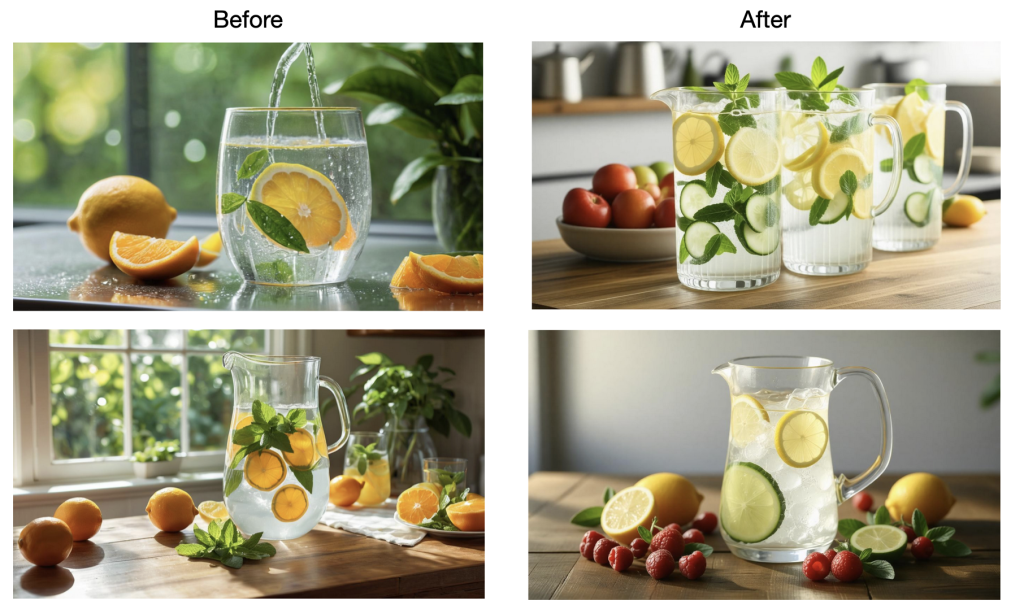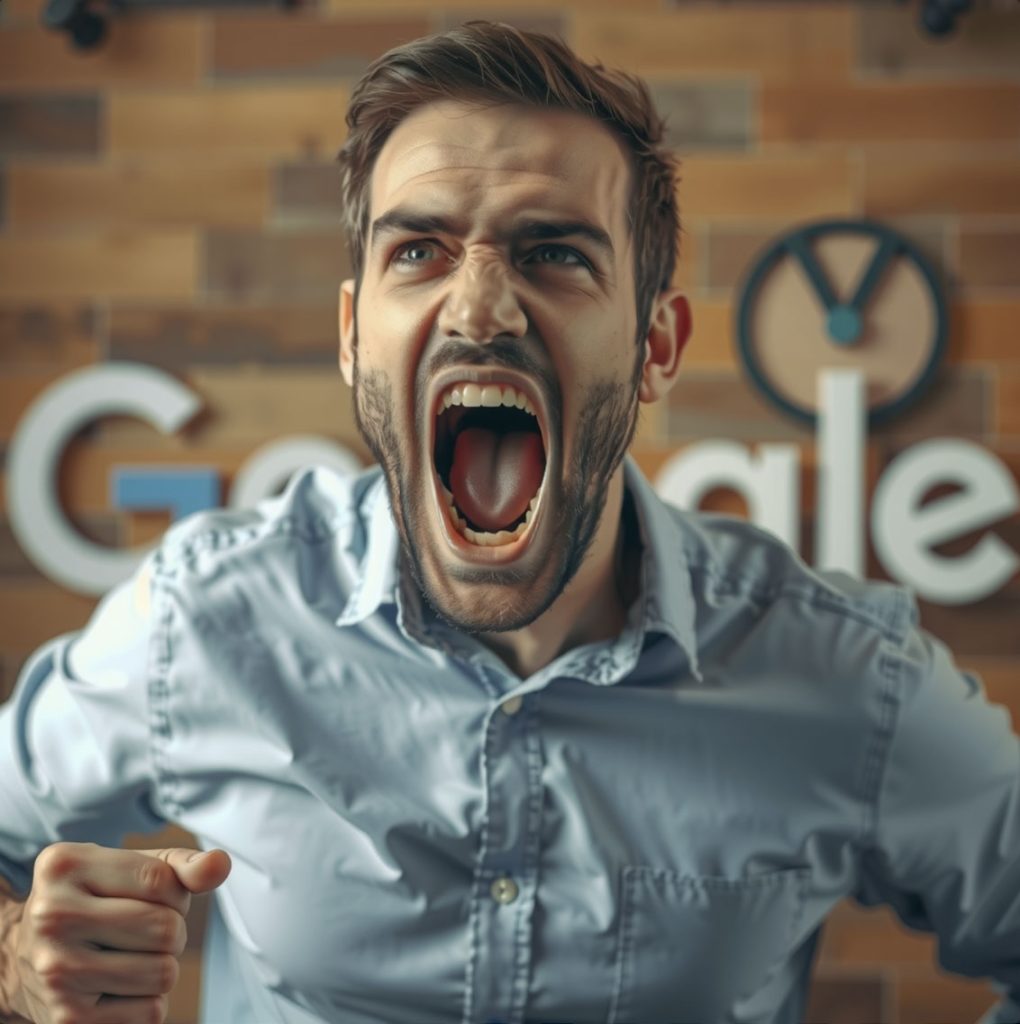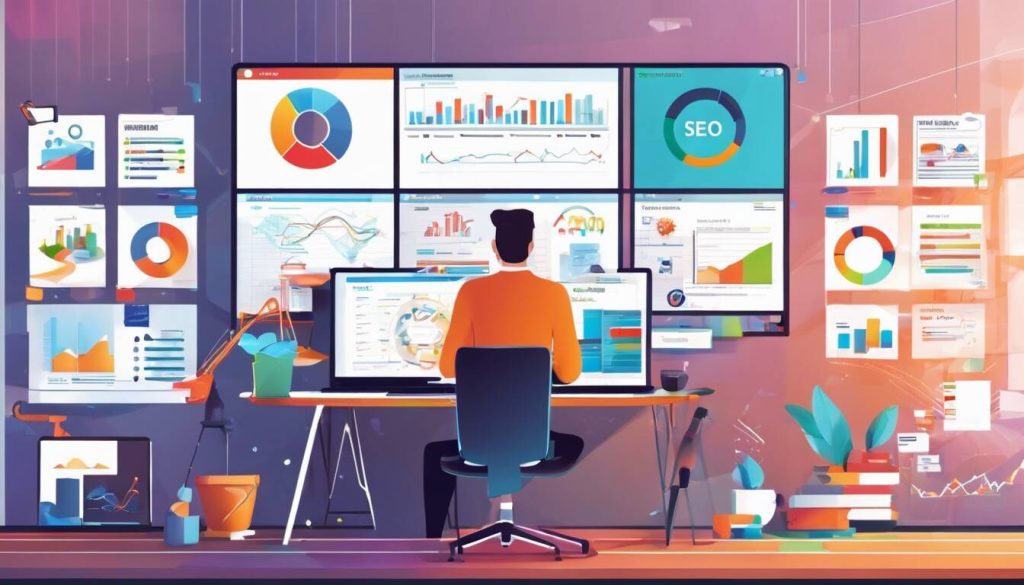How To Create A Webpage That Sells Top Ten Surefire Tricks
If you ever dig through older websites online and go as far back as 2008, you might be genuinely shocked at what you would find.
Blocks and huge chunks of text in unreadable fonts, zero page sections, no headers within the text, little to no images, disorganized content, abysmal loading speeds, and generally, a painful user experience. Access to the internet was a luxury in those days and people were mostly happy to at least see one website with the content or resources they needed. It didn’t matter how difficult it would be to extract valuable information – they’d pay gold to just find it in those days.
Well, times have drastically changed.
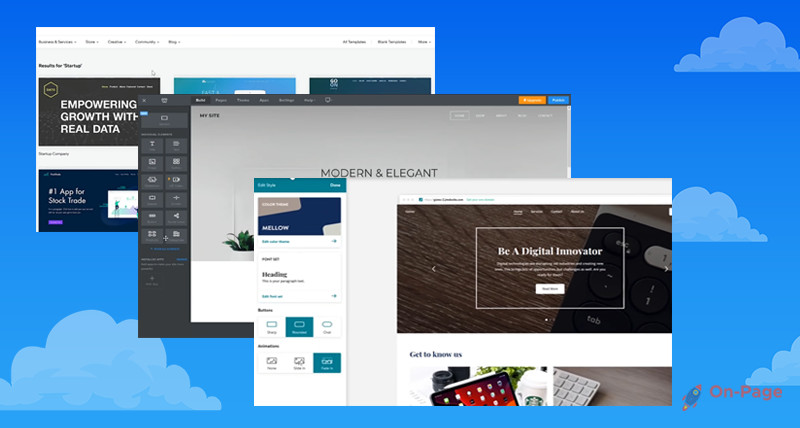
Anybody still creating reckless web pages without an entirely workable strategy or plan is most likely going to end up in the Hades of Google pages – if they even rank at all.
A great webpage isn’t just about awesome structuring, great designers, responsiveness, and speed – even though these points are massively essential to the whole mix. You need to add real value and provide highly relevant, focused content to Google’s beloved users. You must aim to directly match search intent at any level. Ultimately, if you provide a service, sell a product, or affiliate with people who do these things, the traffic and engagement will definitely lead to profitable conversions and sales in due time.
Creating Webpages That Never Die Out
XYZ belongs to a website that sells bachelor party items. This webpage attempts to describe all the cool activities for a once-in-a-lifetime party, and it hopes to get people to follow the internal links and check out the rest of the website to order a thing or two.
Here’s what XYZ’s stats look like right now:
- Traffic in June, 2020 (launch date): 1,032. Sales 10
- Traffic in May, 2021: 220. Sales 2
- Traffic in August, 2022: 11. Sales 0
XYZ is probably failing at a lot of things, from on-page SEO and content depth to reader engagement and backlinking. The page has basically plummeted to the lowest level of visibility, indicating that the content is very poorly optimized for both users and search engines. The blog post itself might be a total bore and the few sales they made might have been driven by location proximity, reasonable pricing, and customer desperation.
No one wants their web pages to lose relevance after a while. Many webpages go through similar trends but a solid content creation and optimization strategy can ensure consistent and exponential traffic boosts in the long run.
A quick checklist to run through when planning your webpage:
- Know your audience (sounds cliché, but it’s actually super-important
- Identify the user’s search intent
- Intensive topic research (get depth and focus)
- Do your keyword research for visibility (on-page SEO)
- Create a perfect brief/outline
- Write in a clear, understandable, and engaging tone best suited to your audience. Always edit your text thoroughly before publishing.
- Offer lots of value and relevant content
- Use related images to break up text (low file sizes for speed)
- Boost your credibility related and relevant backlinks to your page
- Technical SEO: titles and meta tags, page speed, responsiveness, site structure, and overall UI/UX.
Know Your Audience
Your audience is the specific group of people (or a collection of groups) you’re targeting with your content. It could be defined by age, geographical location, profession, life needs, and other metrics. Knowing your audience is the first step to deciding the kind of content pool you have to build, how to specifically create each piece, and the best way to structure everything. People are absorbing so much content on the internet every day and the only way to stand out is to make a valuable connection through your personal touch – even if you have other people writing for you.
For instance, you’re a blog providing herbal teas and other remedies for fibromyalgia. Automatically, your audience becomes women between the ages of 35-55, even though it may very rarely occur in younger and much older people. Knowing this would help you decide the right tone for your content. Listicles might be too impersonal. Most likely, conversational, intimate, friendly, and review-rich posts will have the highest impact on your readers. You’d have to use bold, large fonts, lots of real-life relatable images, and keep the conversation mature. Your blog posts can be lengthy, rich with information, and filled with answers to frequently asked questions.
Essentially, knowing your audience forms the foundation for your entire content creation strategy and it pays off in the long run. Your web pages will be authentically created to offer instant connections and solid value.
Identify The User’s Search Intent
Search intent is one of the most important metrics for SEO and visibility online.
Formerly, brands and websites merely focused on sprinkling keywords all over the webpages to get ranked by the search engines. These days, and with the past few core updates, Google’s algorithms aren’t playing about anymore. They are smart enough to identify with websites that provide the highest relevant content that directly matches a user’s search intent on a low, medium, or high level. The idea is to exponentially improve the user’s experience and rank articles that are equally optimized for the user and the search engines.
Search intent simply describes what the user needs or wants to do with information online. If a person searches “where to buy cheap hats”, their search intent is highly commercial and they’d probably appreciate pages that list all the best online stores with great deals for cool hats.
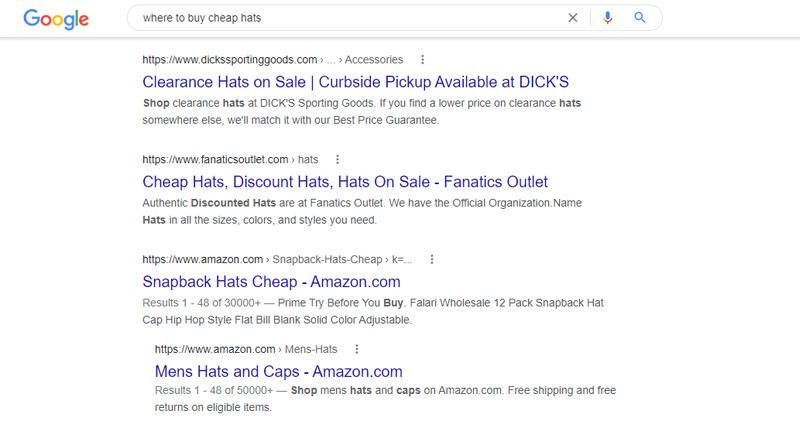
Search intent could be one of the following four: Informational, navigational, transactional, and commercial. Before creating a webpage, you must identify which search intent you want to be relevant to and focus on it, creating your content with depth and expertise to satisfy the user’s direct needs. You may not be useful to everybody, but you are more likely to gain authority and relevance with streamlined content.
If your content matches search intent on a very high scale, your webpage has fulfilled its purpose to the fullest potential and the satisfied reader will most likely engage further or take an action.
Intensive Topic Research
Topic research is another metric very closely related to search intent. There’s always a myriad of things to create content about, but which topics would most likely drive engagement to your webpage and ultimately pull authority to your website? Which topics give you a great avenue to place your call-to-actions and boost leads and prospects?
Topic research is an important step that people often skip. They just pick any topic off google search suggestions and start writing. It’s important to use an on-page SEO tool to check the traffic potential, the global search volume of the main keyword, traffic value, and other essential metrics. Will the topic be worth it, or will it be a waste of time?
A tool like On-Page.ai is an amazingly powerful and easy-to-use product for topic research – and everything else related to On-page SEO. It offers the full suite of deliverables. This tool shows you the best-performing ideas from Google’s top SERPs and how the web pages are structured. You can create your personal approach from this data and get started creating useful pieces on the go.
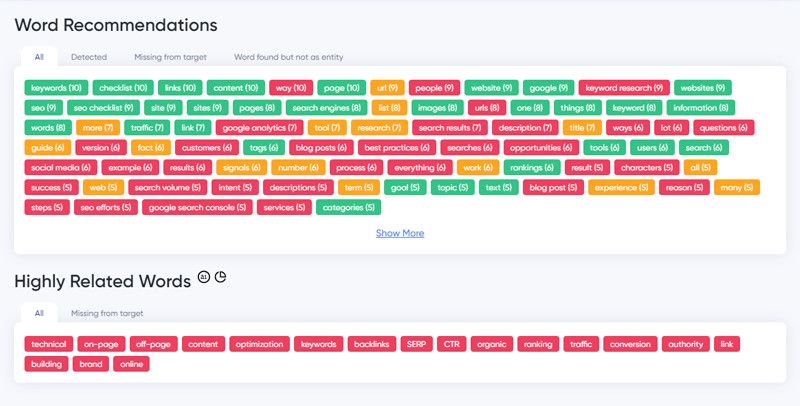
Keyword Research
Search engines may be gearing toward content relevance a lot more these days, but keywords will never stop being an essential part of the entire mix. Your webpage will most likely not even get a chance to “sell to anyone” if it’s not being displayed to readers.
Keywords are still your top key to getting ranked, noticed, and seen on the SERPs. It’s super-important to select only the right keywords for your content and use them optimally. Over-stuffing keywords is still one of Google’s top black hat SEO practices and it ruins the entire experience for the user, reducing readability and content relevance.
Keyword research is best-performed with your discretion as a content creator and a powerful on-page SEO tool. Keyword research should be hassle-free on competent software products. With a tool like On-page.ai, when you log into the main interface, keyword research is performed by clicking the “On-page tool” on the left dashboard. Simply input your primary or main term, input an optional URL for comparison, select the geo-location you want to target, and then search. Using Natural language processing, this tool will pull up all the relevant and most useful keywords related to your search term. It shows you an overall relevance score, keyword recommendations, highly related words, page classification, category-specific terms, and topical authority questions. A combination of these terms gives you the advantage to create super-charged content on the fly.
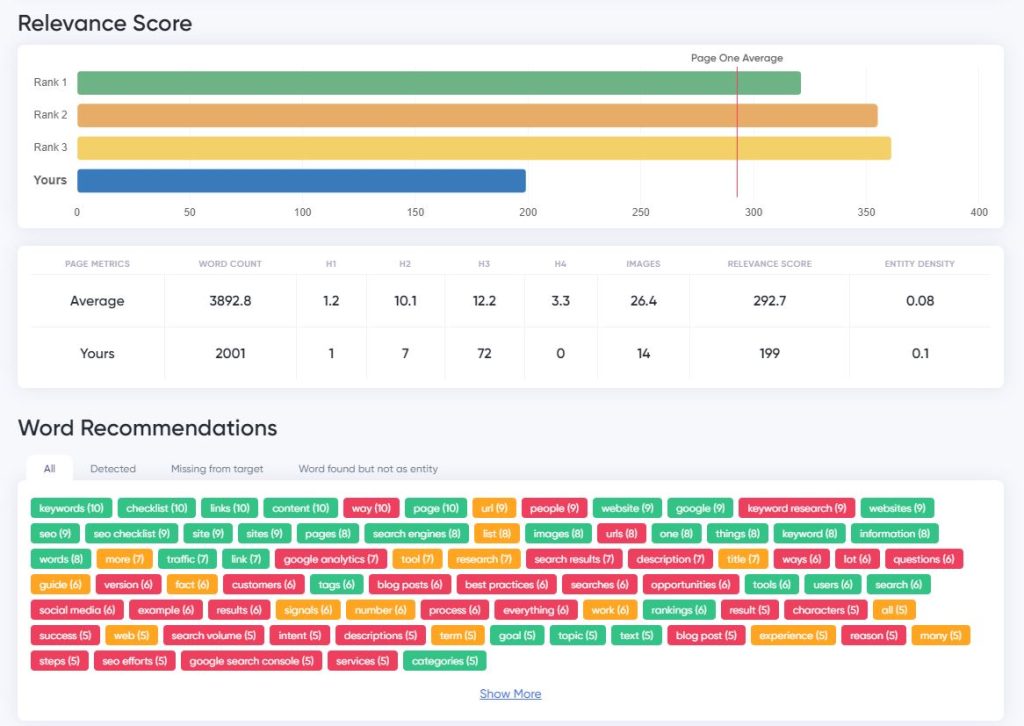
Keyword research is your hook to identifying the most profitable terms for your webpage if you ever want to be found by the people that need your content. Ensure that you’re not over-stuffing them, abusing the densities, or engaging in other black hat practices. Use keywords reasonably and optimally without obstructing the readability or the flow of your article. It pays better in the long run.
Create A Brief/Outline
This is another widely overlooked step in planning web pages. People just dive head-first into writing content from keyword research, without taking the time to outline the structure of the page. Outlining doesn’t just make content development easier but it also lets you fill in the gaps and include all the essential bits of information you need to make your webpage a top seller.
A great article brief starts by researching what’s working for the highest-ranking pages or the pages with subject authority in the niche. Identify the best content format (listicle, how-to page, opinion piece), best content type (video, blog post, pictorial), and observe the best content structure practices for the particular topic. This provides a clear insight into what your webpage should look like at the end.
You should also consider using AI-powered tools for briefing and outlining. Some of these tools include Frase, Clearscope, and On-page.ai – excellent aids for creating AI-powered optimized briefs and content. With On-Page.ai’s “Brief & Outline” tool, your article and topic research time is slashed by at least 85 percent. This platform has an embedded AI system that automatically sifts through Google’s SERPs to offer important data such as statistical numbers, top-ranking questions, most-clicked topic ideas, headings, and article structure ideas. You can outline your article in the blank space on the right and use the built-in content editor to write instantly optimized pieces on the go.
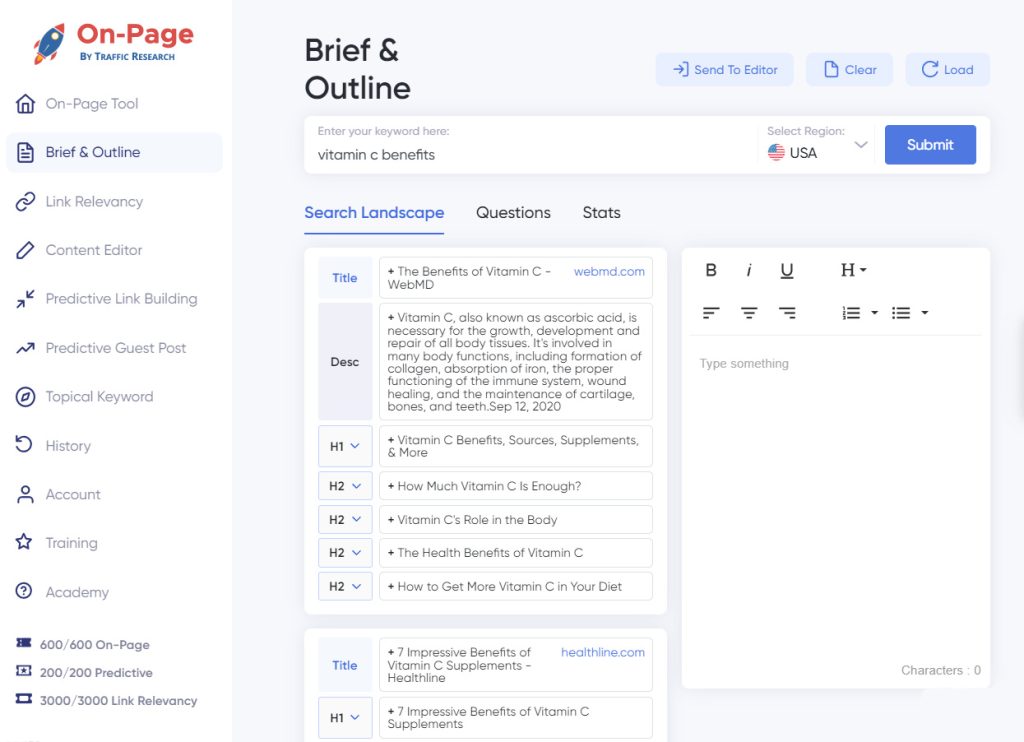
Write Engaging, High-Quality, And Well-Edited Content
Obviously, this step is the crux of the entire operation. Every other activity so far leads up to this point.
Your webpage might be a blog post, a service page, an “about us” page, a landing page, a payment page, a FAQ page, or anything else. Whatever it is, it’s going to require content and this is your chance to let people know that you’re legitimate, you know your guns, and you’re qualified to pass niche-specific information.
Firstly, you need to do your reading research. No matter how well-versed you are about a topic, find top-ranking pages with the most relevant content and gain some extra insights. This is essential for refreshing your knowledge and possibly adding more points for deepening the content range.
With reader psychology, the main heading or title tag is your strongest point of attraction. When a user searches a topic on Google, dozens of results show up. How “clickable” is your title tag? Never use clickbait but always write attention-grabbing headings. There’s no point in going all out to create an awesome webpage if people won’t be drawn to click on it.
Always ensure to write 100% unique content. You can piggyback off other people’s posts but never plagiarize their sentences. If you’re working on service or utility webpages, write the description in clear, concise, and value-packed sentences. If you’re creating a blog post, you need to pull out all the top guns. Use humor but be straightforward, keep the sentences simple, answer lots of questions, offer solutions to problems, directly tackle search intent, and be sure to write with your audience in mind. Finally, close out with a resonating bang and add a call-to-action or link to another page.
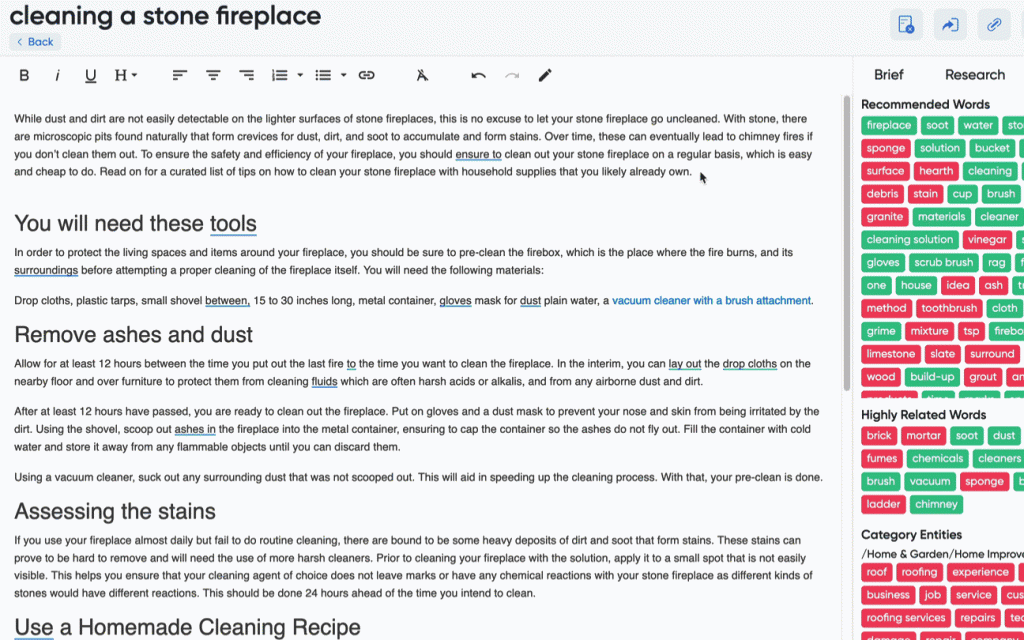
After writing your content, always read through it before using free tools like Grammarly and Hemmingway app to scan for grammatical errors and fix readability issues. Over time, you should develop a routine of updating your blog posts with newer and stronger keywords and fresh information. Human users and Google’s bots always appreciate content freshness.
Offer Lots Of Value To Your Readers
Your main focus when creating a webpage shouldn’t be to rank on SERPs but to provide relevant content to match the user’s search intent. Everything else can build on top of this purpose. You’re trying to answer questions and solve problems, so make sure your webpage offers some sort of value – informational, commercial, or transactional.
Webpages with low value often have high bounce rates – a metric that measures how often people click on your links without engaging on your website. They click, scan, and bounce, never to return again. One badly planned and poorly written webpage can ruin the potential of the entire website.
Be sure to always offer real value to your readers.
Great Images And Media
This is the social media age where they are practically apps like Instagram and TikTok that do nothing but show pictures and videos with very minimal text. People are getting heavily wired to prefer visual content and there’s nothing we can do to fix that. We’ve all got to adapt. Textual content will never go out of use but we’ve got to strike a balance.
Firstly, images serve an important role in convincing and enticing your readers. If you’re trying to sell something, you better show them how real it is through pictures and videos. They add great colors and fancy elements to a webpage and it’s always easier on the mind to digest content broken up with images. If you’ve ever stumbled across a webpage that’s just a huge block of text, you probably made a mental note never to visit again. Pictures also offer the reader a mental break from absorbing loads of text and a chance to digest what they’ve read so far.
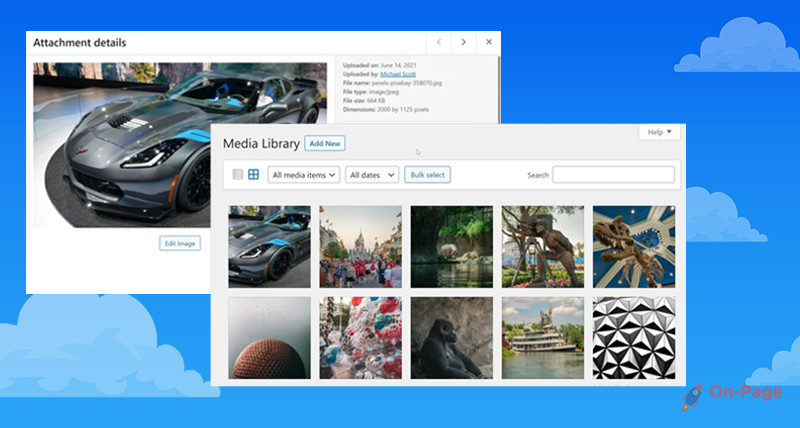
Best image practices are uploading only low-size yet clear image files to reduce the page’s load time, using original images, using highly related images that express the ideas behind blocks of text, and adding captions and image alts with the right keywords.
Related And Relevant Backlinks
Forget what the weird articles online might claim about off-page SEO being unnecessary these days. That’s bollocks.
You still need inbound and outbound links from the webpage to build your authority and credibility online. Links are the foundation of Google’s early PageRank algorithm. The backlinks that are harmful to your website or unimportant in the entire scheme are spammy links, like when people buy thousands of backlinks from shady sources thinking they’d boost visibility. You’d most likely end up in Google’s no-rank prison.
The backlinks you need are from quality websites, precisely from webpages that are directly related and relevant in meaning and content to your own page. You may have to do some outreach to earn some of these connections, but they are necessary to building domain authority and URL rating.
To ensure you’re building the right backlinks, you can use an On-page tool to check for related links. Low link relevance between linked webpages is a waste of link-building efforts. A tool like On-Page.ai has a feature named “Link Relevancy” that helps you compare live URLs from other websites to your page’s URL for building stronger backlinks. For guest blogging, the “Predictive Guest Posting” feature is an all-new addition that helps you create fully-optimized content for publishing on other blogs.
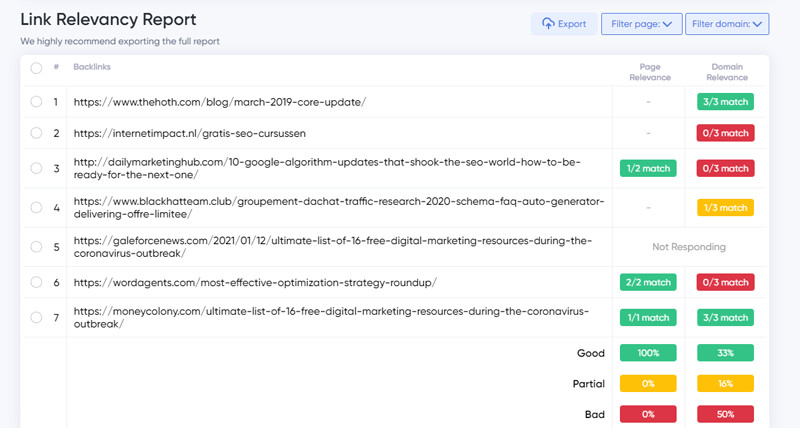
Technical SEO
Everything we’ve discussed so far exclusively surrounds content. What happens in the background and how do they impact the overall effect of the page?
Technical optimization involves the no-code, low-code or advanced activities performed in the backend of a website to help search engine bots and algorithms to crawl and index your site more effectively. Again, your webpage will not get a chance to impress if nobody sees it at all. Some of these optimizations include boosting site speeds (compressing image sizes, caching webpages, and enhanced hosting solutions), great meta tags and title tags, using HTTPS protocol, having SSL enabled, responsive pages, and finally, user-friendly UI/UX practices.
Common Problem: Is There An All-In-One Tool That Can Help You Build The Perfect Webpage?
We’ve used lots of tools over time to create our web pages and while many serve useful purposes, it’s tough to find one full package that provides every functionality we need. If you’ve followed this article well, you’re most likely familiar with On-Page.ai by now.
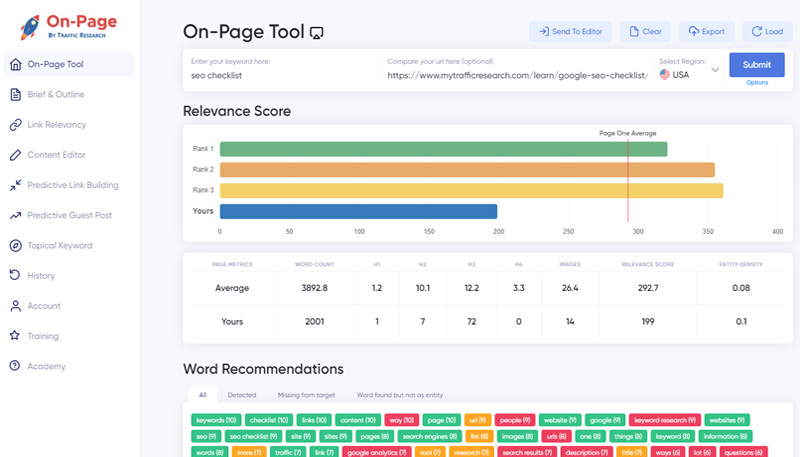
Users have noticed as much as a 1030% increase in traffic and exponential profits after committing to this tool for a specified period. It helps you build amazingly top-selling and user-relevant pages in record time.
On-Page is a unique and outstanding breath of fresh air to the SEO industry. It’s a great new tool that was designed primarily to reverse-engineer and emulate Google’s search engine algorithms, figuring out what the bots are rewarding the most for top-ranking spots. This is really useful in ensuring that you’re not doing backward SEO. On-Page guarantees real, sustainable results in the long run.
It includes an embedded AI system that uses natural language processing and other great algorithms to come up with the most relevant suggestions, keywords, recommendations, and ideas for creating optimized content. On-Page supplies an avalanche of useful data with each report, providing absolute value for every dollar spent. It serves all purposes described above and has a super-friendly and easy-to-navigate user interface. You require very little technical knowledge of SEO to enjoy this product. It provides a straightforward process with real results and consistency.

